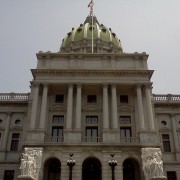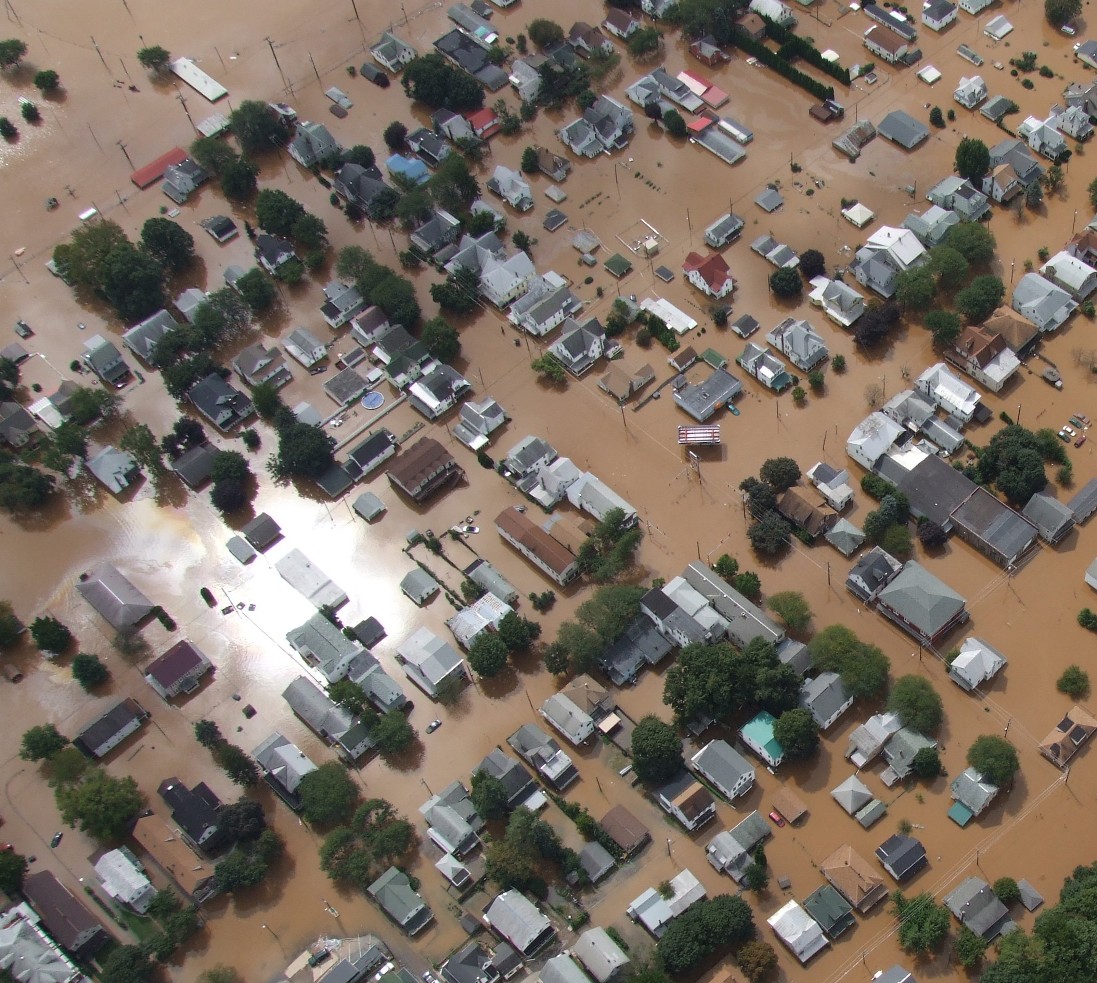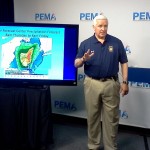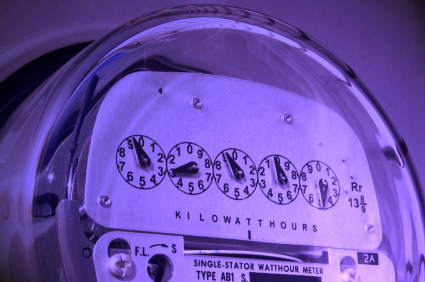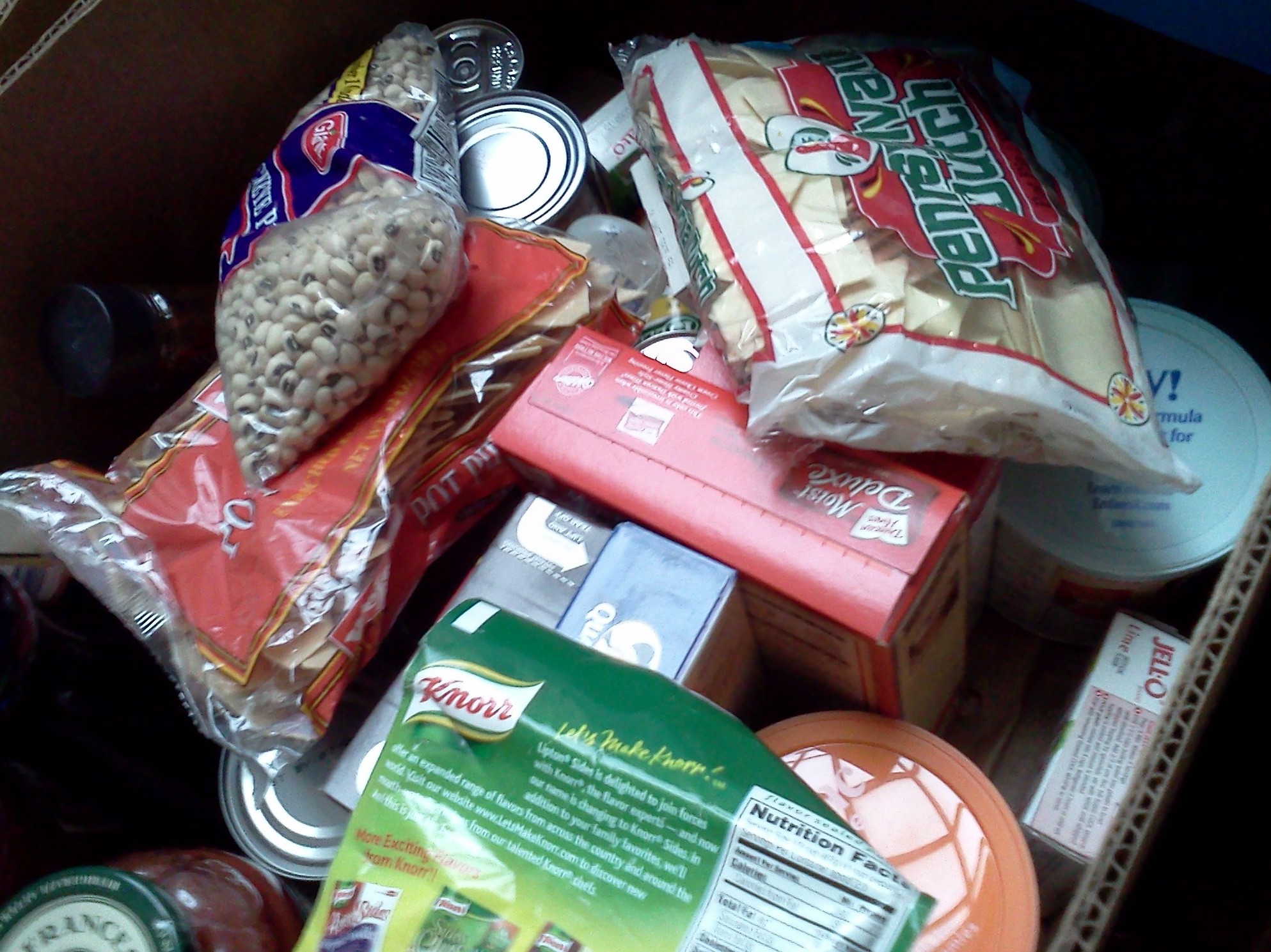Poll: Pennsylvanians Prefer Current Electoral College System
A new Quinnipiac University poll finds that 52% of Pennsylvania voters want to stick with the winner-take-all model, which awards all of Pennsylvania’s Electoral College votes to the presidential candidate who wins the state’s popular vote. 40% of respondents favored a newly proposed plan to award Electoral College votes based on the results in each of the state’s congressional district.
“The overall state view on this – by a margin of 57 – 32 – is that it is politically motivated. That Republicans are doing this to get a candidate a better foothold in the state,” says Quinnipiac pollster Tim Malloy. There is a political divide on that particular question as 57% of Republicans say the motivation is fairness in reflecting the views of PA voters. Only 14% of Democrats agreed.
However, Malloy was struck by the fact that support for the proposed change is merely a toss-up among GOP voters. “It came down pretty much 50-50 on whether it’s a good idea to change it or not,” Malloy explained while breaking down Republicans’ responses for reporters.
Asked whether they think the proposed change would affect Pennsylvania’s importance as a key swing state in presidential elections, 51% said it “will hurt” and 38% said it “won’t affect” the state’s clout.
Republican Leader Dominic Pileggi (R-Delaware) is sponsoring the proposed change, which has the support of Governor Tom Corbett. Public hearings are expected next month. Either way, Pennsylvania will award 20-Electoral Votes in next year’s presidential race.


